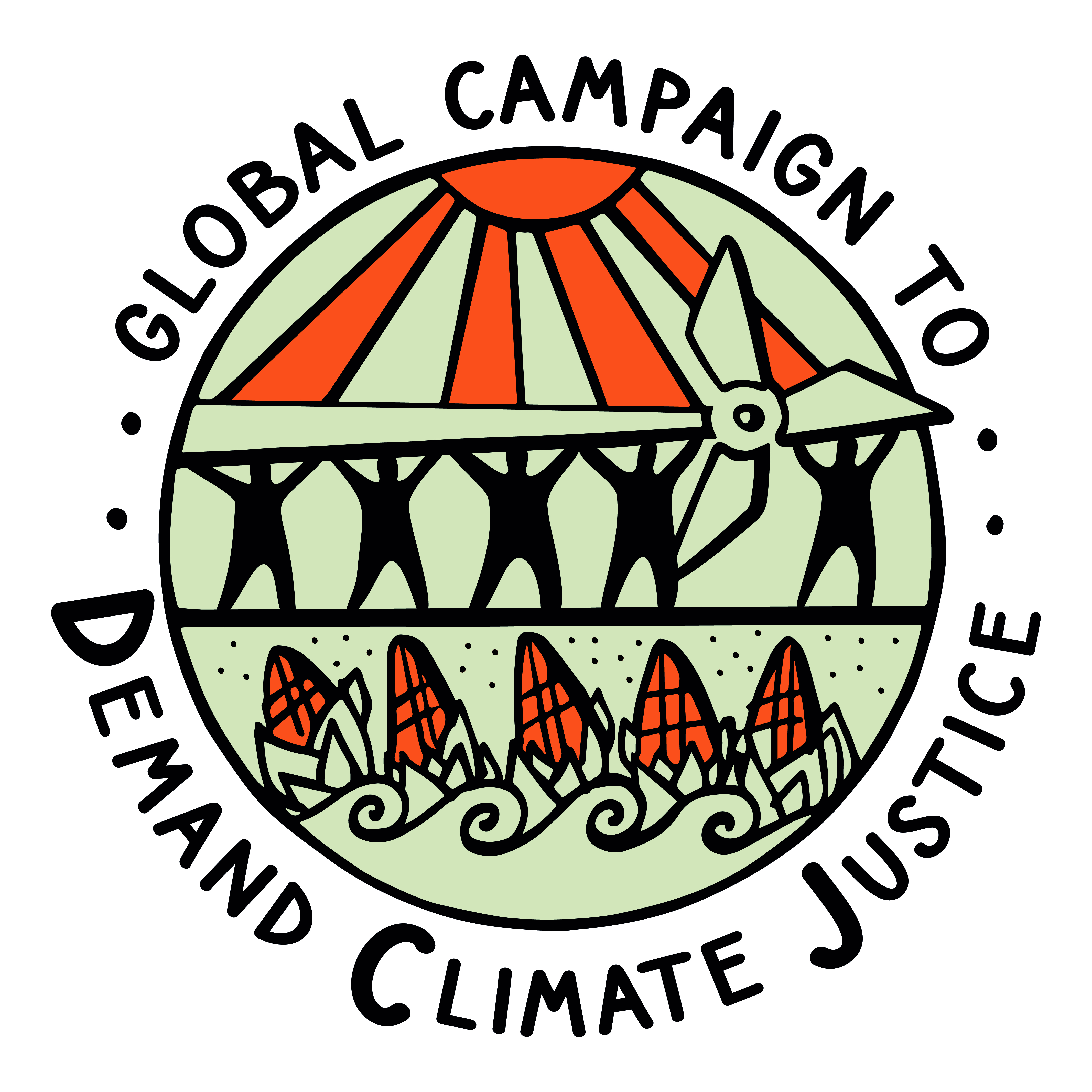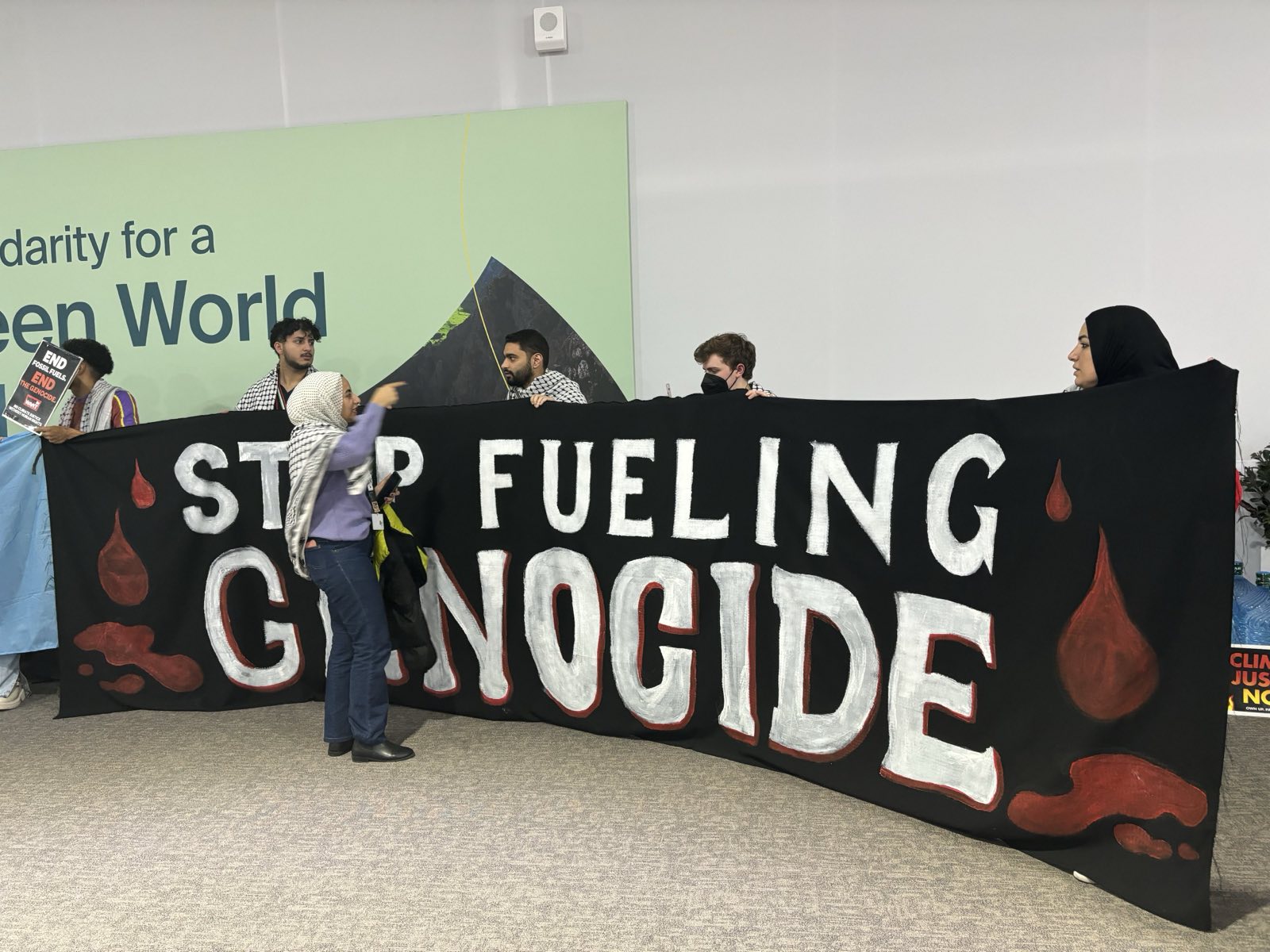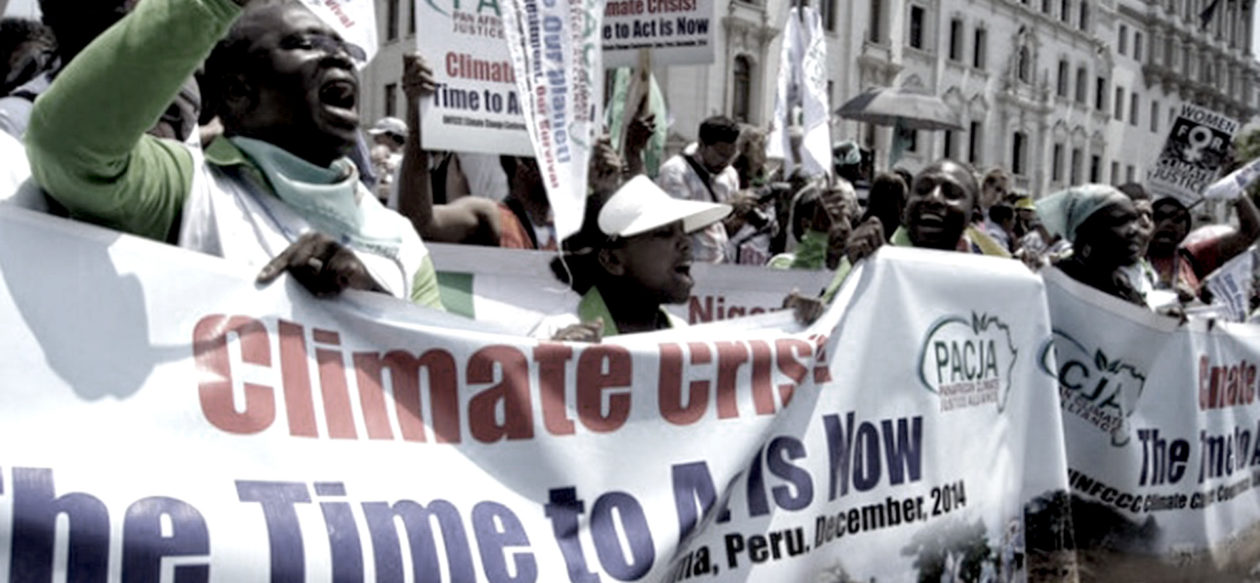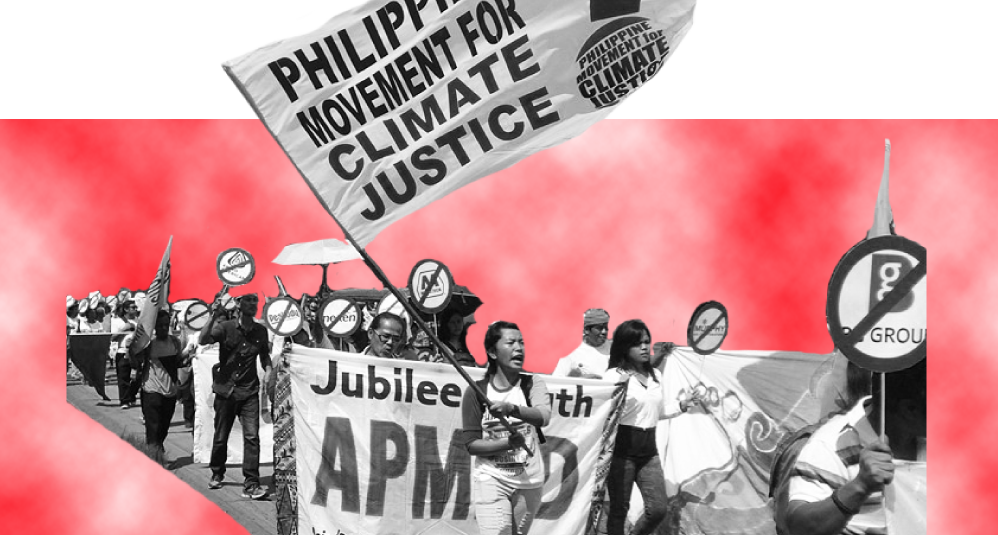SB58 CLIMATE TALKS
TWN Bonn Climate News Update No. 4
8 June 2023
Published by Third World Network
Equity and justice must be central to just transition pathways, say developing countries
Bonn, 8 June (Hilary Kung): At the informal consultations on the newly established Work Programme on ‘Just Transition Pathways’ held on 6th and 7th June under the UNFCCC’s Subsidiary Bodies (SBs) in Bonn, Germany, India expressed that “global equity and justice must be central to the understanding of just transition pathways”.
China stressed that many Parties were talking about the “transition” but not about “just transition”.
The informal consultations are being co-facilitated by Selam Abebe (Zambia) and Marianne Karlsen (Norway).
(The decision adopted last year under CMA 4 [4th meeting of the Conference of Parties of the Paris Agreement], established a work programme on just transition for discussion of pathways to achieving the goals of the Agreement, outlined in Article 2.1, in the context of Article 2.2, and requests the SBs to recommend a draft decision for consideration and adoption this year in Dubai, UAE, with the work programme to be implemented in a manner that builds on and complements the relevant workstreams under the Convention and the Paris Agreement, including for urgently scaling up mitigation ambition and implementation.)
(Article 2.1 of the PA refers to the following goals:
(a) Holding the increase in the global average temperature to well below 2 °C above pre-industrial levels and to pursue efforts to limit the temperature increase to 1.5 °C above pre-industrial levels…;
(b) Increasing the ability to adapt to the adverse impacts of climate change and foster climate resilience and low greenhouse gas emissions development, in a manner that does not threaten food production;
(c) Making finance flows consistent with a pathway towards low greenhouse gas emissions and climate-resilient development.
Article 2.2 states that the PA will be implemented to reflect equity and the principle of common but differentiated responsibilities and respective capabilities [CBDR-RC), in the light of different national circumstances.)
During the informal consultation sessions, the co-facilitators invited Parties to share views and expectations on the work programme from several aspects: objectives, scope, institutional arrangements, modalities, linkages, inputs and outputs and outcomes. There were varied views on the scope and linkages to other workstreams.
On the purpose and objectives, Cuba speaking for the G77 and China underlined that “Just Transitions/ Just Transition pathways” (in plural) are the key part of fully implementing the Convention and its PA in all aspects, drawing references to Article 2.1 in the context of Article 2.2 of the Paris Agreement [PA] and suggested that the work programme should be comprehensive including mitigation and adaptation and also referred to addressing response measures (i.e. the effects arising from the implementation of mitigation policies) and to unilateral coercive measures that are contrary to the Convention.
India stressed that “Just transition pathways for developing countries entail low carbon development based on the equitable access to the global carbon budget and fair and rational utilisation of resources per national circumstances and priorities. Climate change is a global collective action problem and therefore we must speak of equitable and just global transition pathways. Equity and principles of CBDR must be central to the consideration of our work under this program…Low carbon development pathways in developing countries have to foreground issues of energy access, eradicating poverty, and improving the well-being of our people. There are issues of energy security, affordability and reliability that are central to the meeting of sustainable development goals and meeting the aspirations of the global south.”
In terms of the scope of the work programme, India reiterated that there should be no prescription and the importance of national circumstances in the understanding of just transition pathways.
“Discussions around just transition pathways must not be focused only on mitigation but must take into consideration the challenges for adaptation, the means of implementation, and the implications of the impacts of global warming on the availability of such pathways. This is why we believe that linkages of just transitions should not just be with the mitigation work program but must also foreground discussions on aspects of adaptation and means of implementation we concur with other colleagues who have highlighted the same,” said India.
China pointed out that “just transition” is different from “transition” and that a lot of Parties were talking about “transition” but not “just transition” and suggested that there is need to better define the “boundary” and focus on what is most crucial for this topic. Liberia made similar remarks.
Kenya for the African Group said that the launch of the just transitions work is timely and crucial towards the realisation of the PA goals and it would like to see a broader scope of the work programme. It stressed the right to development for developing countries which supports the implementation of all climate action, and that the work programme should therefore be comprehensive.
Ethiopia for the Least Developed Countries (LDC) also highlighted that the means of implementation is crucial for the just transitions work programme and should not create additional burdens for LDCs and other developing countries.
Saudi Arabia for the Arab Group emphasised the need for a balanced and inclusive just transitions work programme that recognized the different pathways in the context of sustainable development and poverty eradication. Given that this is a cross-cutting topic, this work programme should not be mitigation centric but should adopt a wider scope, and not just focus on the just transition of the workforce, it added further.
Argentina for Argentina, Brazil and Uruguay (ABU) pointed out that it is important to make sure that the “just transitions” will not widen existing gaps or the inequality among countries and will not hamper the development pathways of the Global South.
Bolivia stated that, just transition is mostly about climate justice that implies thinking from the perspective of the most affected peoples and those that are most vulnerable. It suggested four areas of work in the Just Transition Work Programme: “(1) Just transition for Mother Earth with the requirement not to exceed the limits of life systems; (2) Just transition for developing countries, with economic diversification measures and comprehensive energy transition, aimed at drastically reducing social, economic and technological inequalities in the world; (3) Just transition for all peoples with the management of mitigation, adaptation and loss and damage and the provision of the means of implementation, allowing most of the vulnerable people of the world to have access to energy, a decent and secure livelihood, and a future with dignity; (4) Just transition for indigenous peoples recognizing the importance of their knowledge to address the climate crisis, considering the epistemological parity between the modern academic science and ancestral science. To date, indigenous peoples are the heirs and stewards of the wisdom of ancient and millenary civilizations, and have important solutions for the climate crisis.”
Bolivia also proposed a principled-based approach by taking into account equity, CBDR, climate justice, protecting and respecting the rights of Mother Earth for Living-Well in harmony with Mother Earth and also taking into account principles and views of indigenous peoples (Andean societies). It also called for the wise management of the remaining carbon budget (to limit temperature rise) and for developed countries to halt now the consumption of the carbon budget that already belongs to developing countries and for Parties to work for a sustainable future for people and planet.
The United States recalled the mandate of the decision from the Sharm el-Sheikh which stated that the establishment of the work programme is to achieve the goals of the PA outlined in Article 2.1, in the context of Article 2.2. The US agreed with the G77 that just transitions are nationally determined and inclusive of all technologies. The US also said that none of its proposals are inconsistent with CBDR-RC.
In response to calls from developing countries for means of implementation, the US and the United Kingdom, referred to Article 2.1(c) of the PA on aligning financial flows with ambitious climate action or “transition” towards phasing out of “inefficient” fossil fuel subsidies.
(The interpretation of Article 2.1 (c) has been contentious with developed countries advancing a very broad interpretation which includes looking at financial flows from all sources, including from a broader donor base that covers developing countries as well as the private sector, while developing countries argue that the article should be read within the context of Article 9 of the PA, which makes developed countries responsible for the provision and mobilization of climate finance.)
Norway said that the purpose of the work programme should be to enhance knowledge and capacity and how countries can do just transition within the framework of their nationally determined contributions (NDCs).
Canada said that the work programme can be powerful to enable ambitious mitigation action, provide new economic opportunities, and create new jobs and skill sets.
The European Union (EU) said the work programme should provide information on just transitions and it expects a yearly report to provide relevant information in relation to NDCs and Long-term Low Emissions and Development Strategies (LT-LEDS).
On linkages with other workstreams, most Parties mentioned the linkage between the Just Transition Work Programme and Response Measures. Some Parties suggested that the work programme could look at adapting from the Katowice Committee of Experts on the Impacts of the Implementation of Response Measures (KCI) but avoid overlapping with the KCI.
Japan gave an example that the mitigation work programme was also discussing just transition in the energy sector and suggested that there is need to first identify all the linkages to enhance synergies and avoid duplication.
Bolivia proposed that there should be a strong connection between just transitions and the PA’s Article 6.8 on Non-Market Approaches, which should also link with the Local Communities and Indigenous Peoples (LCIP) Platform to incorporate alternative solutions to the climate crisis.
Other workstreams that were also mentioned were the Global Goal on Adaptation (GGA) and Loss and Damage.
In terms of timeline, many interventions by Parties saw the potential of the Just Transition Work Programme feeding into the next global stocktake (which is a collective assessment of the achievement of the PA’s goals).
The organising of meetings, roundtables, technical dialogues, forums, workshops, submissions by Parties were mentioned as possible modalities for the work programme. Some Parties suggested an annual decision while others said an annual report or summary report could be the output and outcome of the work programme.
The informal consultations will continue on Friday and a draft text capturing Parties’ views is expected to be released by the co-facilitators.






